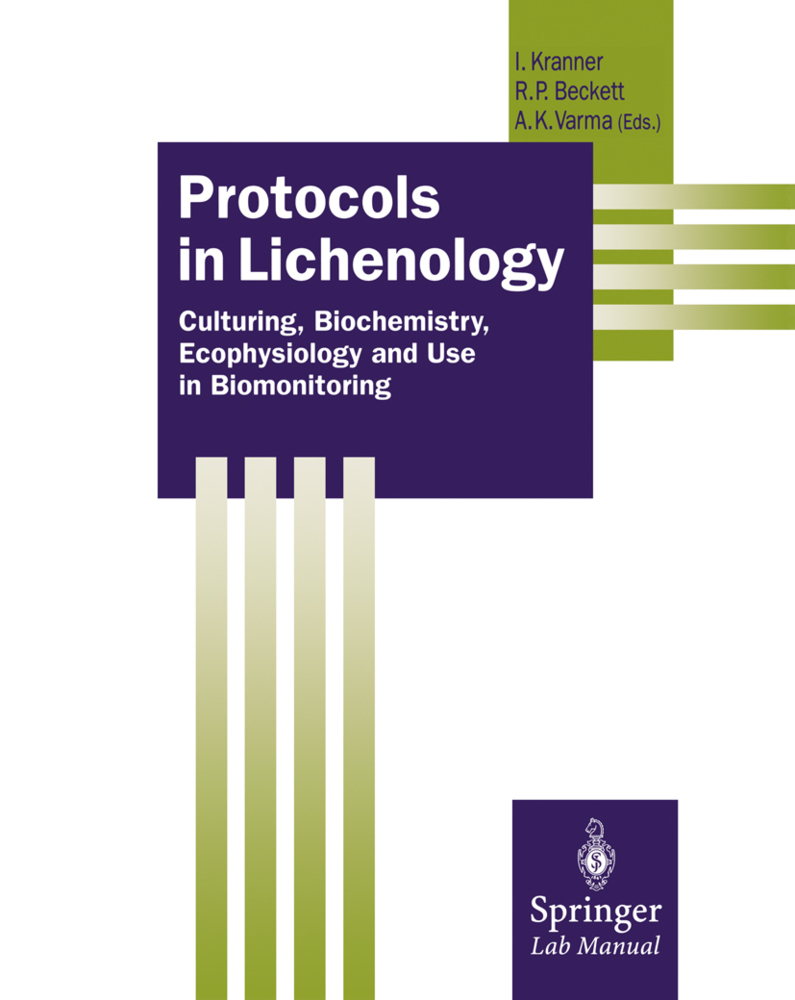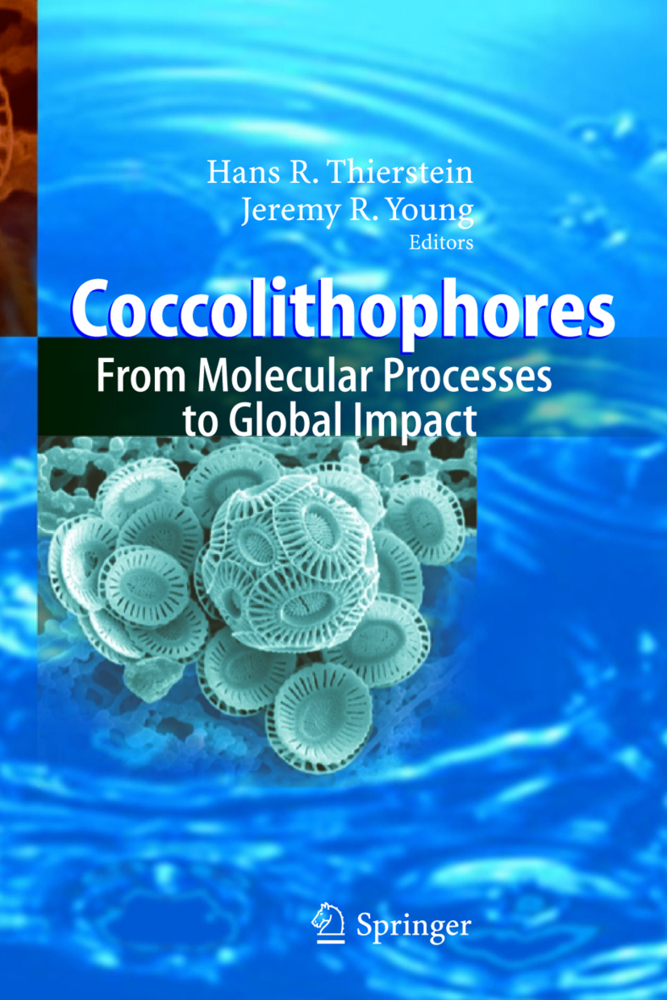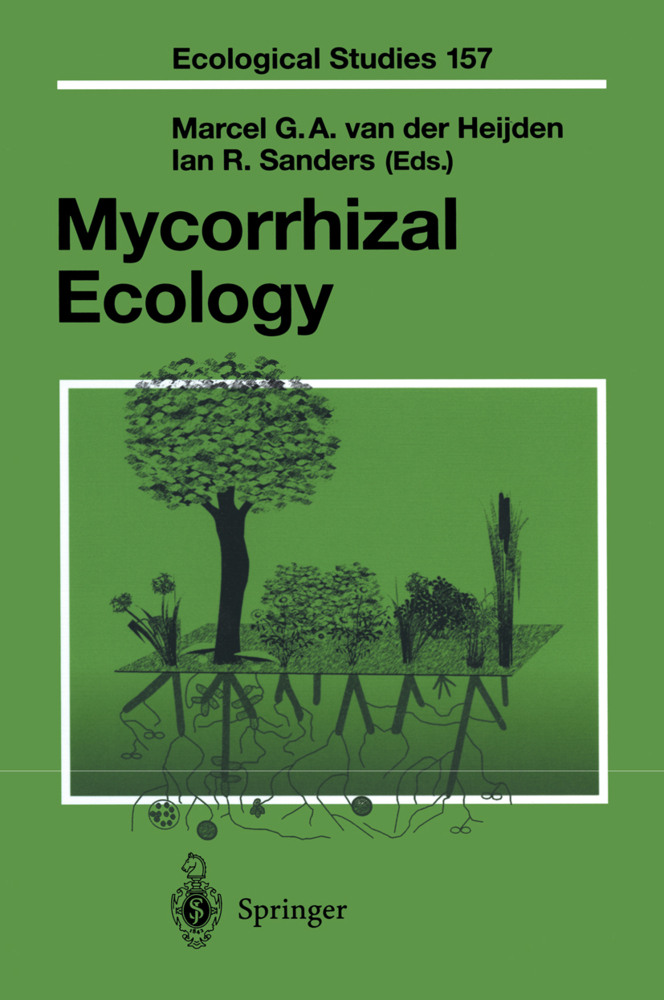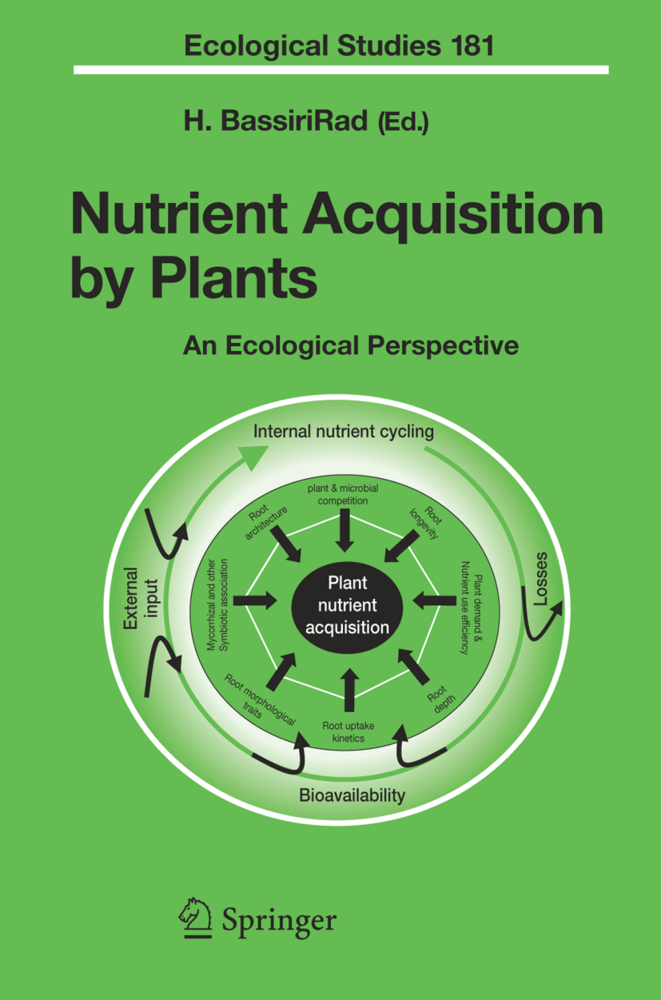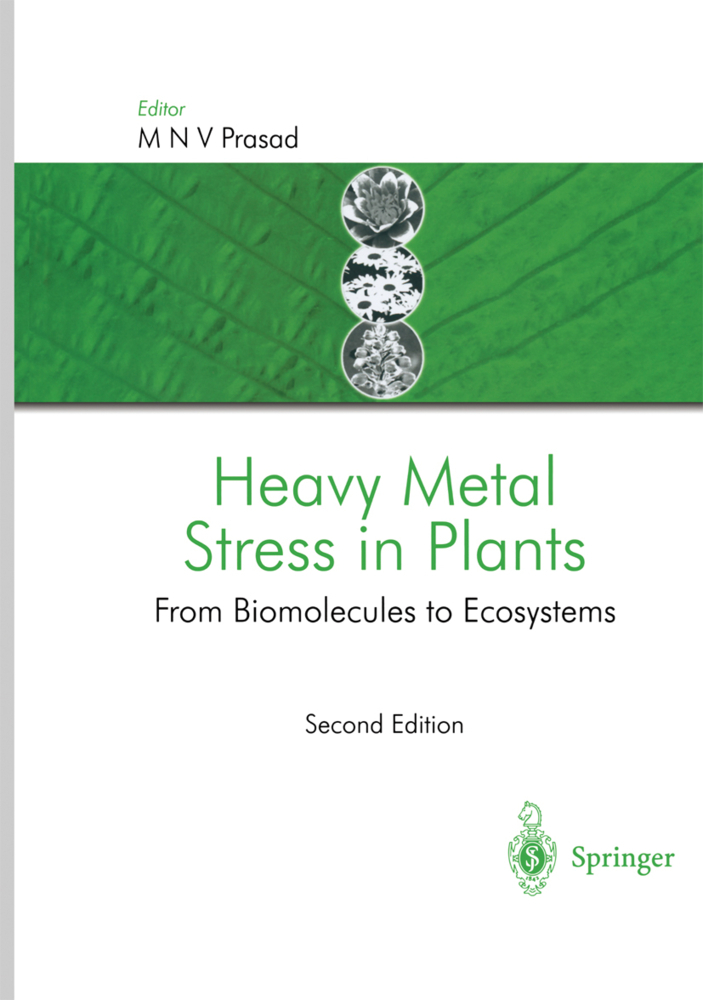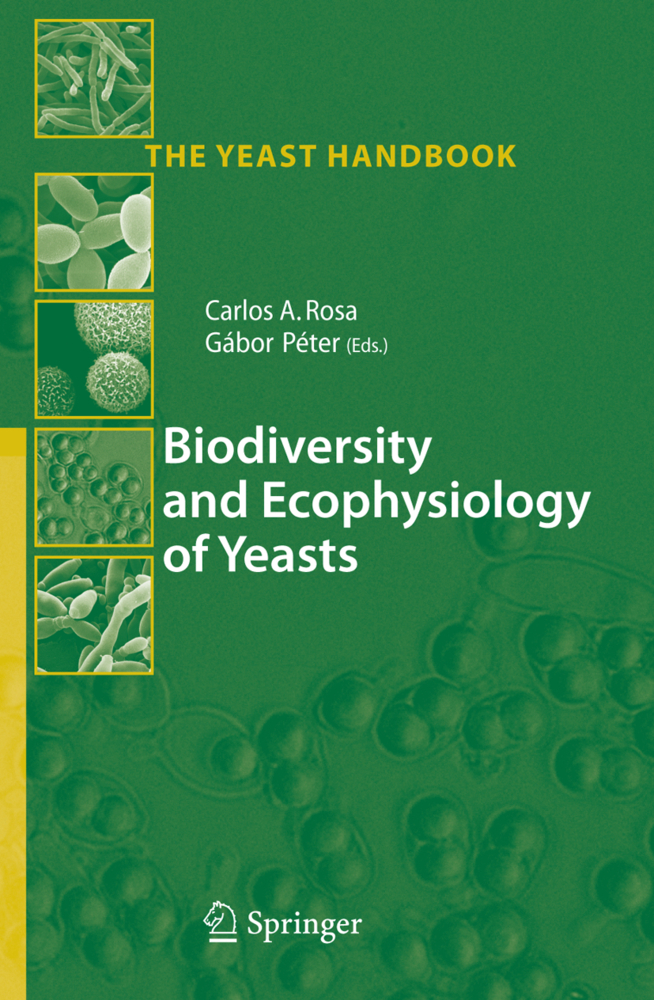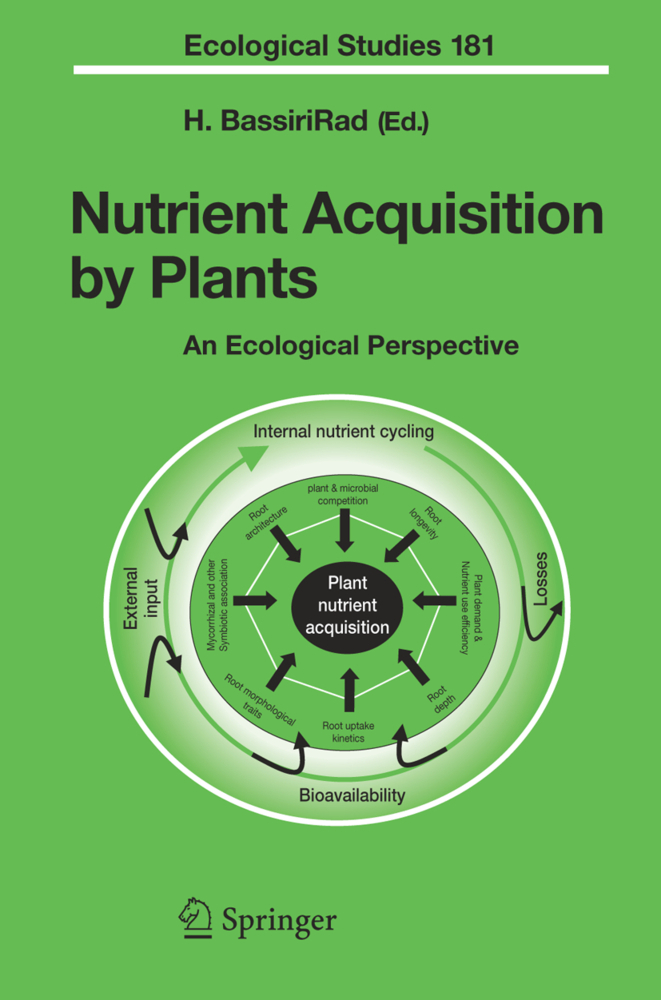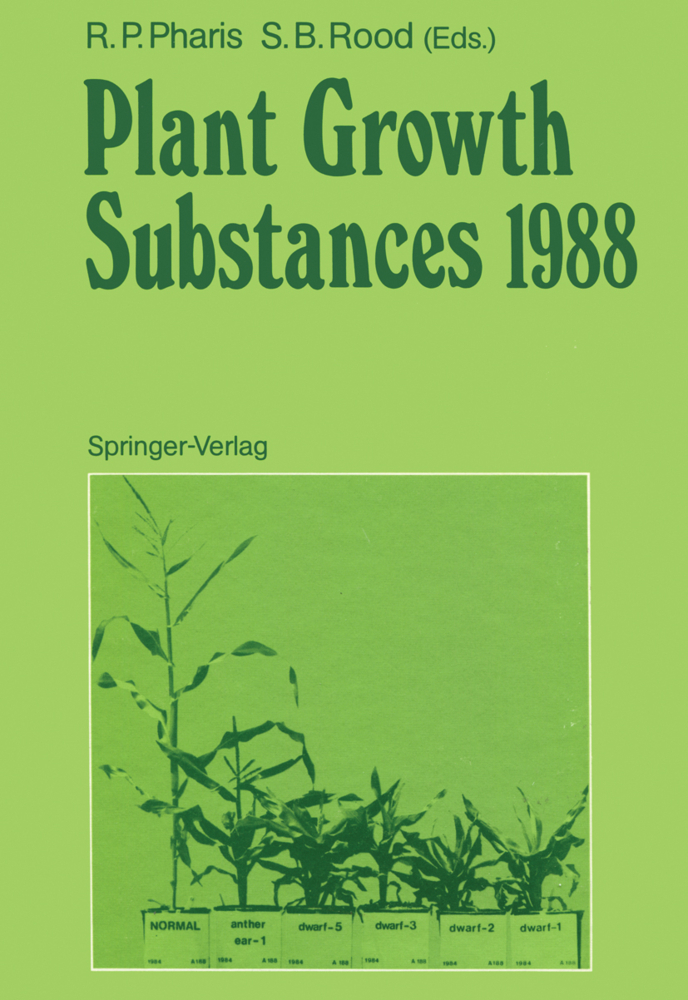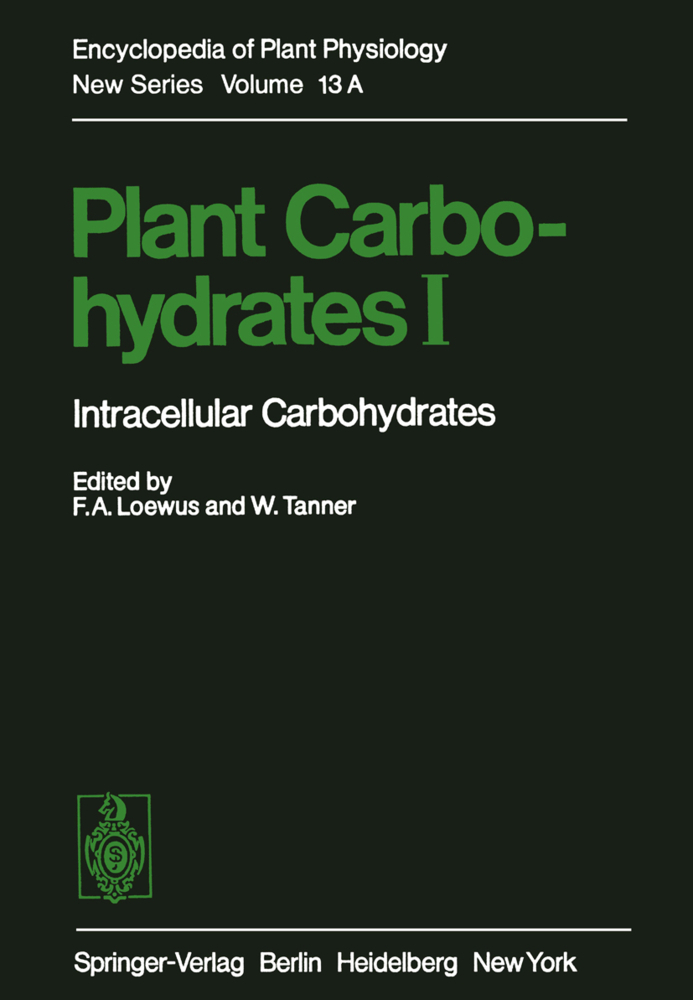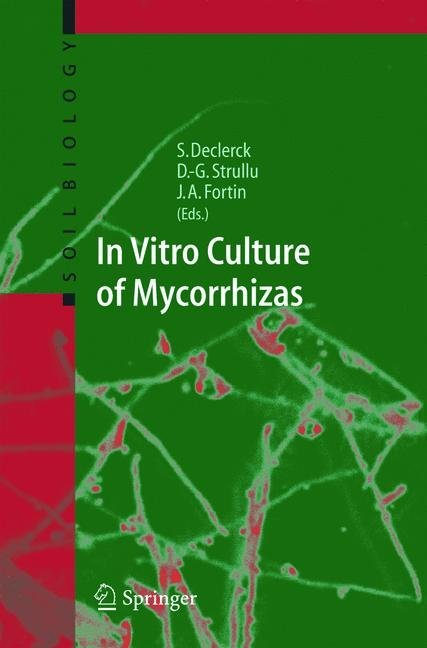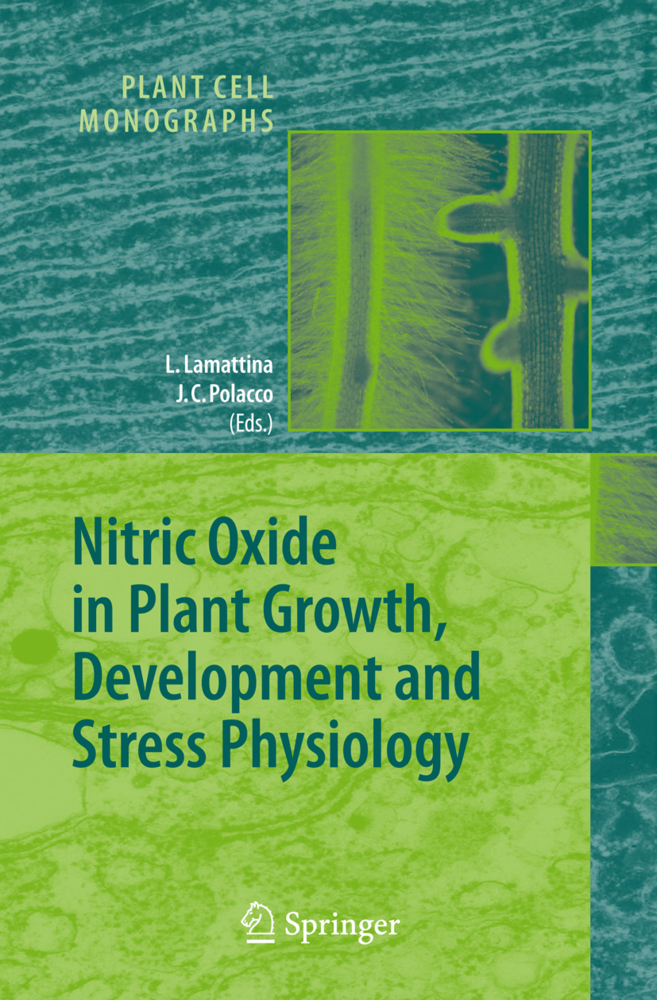Protocols in Lichenology
Culturing, Biochemistry, Ecophysiology and Use in Biomonitoring
Protocols in Lichenology
Culturing, Biochemistry, Ecophysiology and Use in Biomonitoring
As an intricate association between a fungus and one or more green algae or cyanobacteria, lichens are one of the most successful examples of symbiosis. These fascinating organisms survive extreme desiccation and temperatures. They are adapted to a great variety of habitats, from deserts to intertidal zones, from tropical rain forests to the peaks of the Himalayas and to circumpolar ecosystems. Lichens are extremely efficient accumulators of atmospherically deposited pollutants, and are therefore widely used to monitor environmental pollution. Their wide range of secondary products show pharmaceutically interesting fungicidal, antibacterial and antiviral properties. Lichens are extremely difficult to culture. This manual provides well-tested tissue culture protocols, protocols for studying lichen ultrastructure, (eco)physiology, primary and secondary compounds, and for using lichens as bioindicators.
2 Culture of Thallus Fragments and Redifferentiation of Lichens
3 Resynthesis of Photosymbiodemes
4 Protoplast Isolation from Lichen Mycobionts
5 Differentiation Processes in Lichens-in Vivo Cultivation and Transplantation Methods
6 Isolation and Culture of Lichenicolous Fungi
Ultrastructure
7 Preparative Techniques for Transmission Electron Microscopy and Confocal Laser Scanning Microscopy of Lichens
8 Preparative Techniques for Low Temperature Scanning Electron Microscopy of Lichens
Physiology and Ecophysiology
9 Measurement of Chlorophyll Fluorescence in Lichens
10 Characterising Photosynthesis and Respiration in Freshly Isolated or Cultured Lichen Photobionts
11 Analysis of Ethylene and ACC in Lichens
12 Measuring Activities of the Enzymes Superoxide Dismutase and Glutathione Reductase in Lichens
13 Studying the Effects of Elevated Concentrations of Carbon Dioxide on Lichens Using Open Top Chambers
14 In situ Measurements of the Water Content of Lichens
15 Determination of the Parameters of Liehen Water Relations
16 Measurement of Lichen Growth
Lichen Compounds
17 Analysis of Phenolic Products in Lichens for Identification and Taxonomy
18 Investigating the Production of Secondary Compounds in Cultured Lichen Mycobionts
19 Analysing Lichen Enzymes by Isoelectricfocussing
20 Analysis of Lipids in Lichens
21 Measuring Ergosterol and Chitin in Lichens
22 Analysis of Chlorophylls, Carotenoids, and Tocopherols in Lichens
Nucleic acids
23 Isolation of Nucleic Acids from Lichens
24 PCR Techniques and Automated Sequencing in Lichens
25 RAPD-PCR of Lichens
Bioindication and Biomonitoring
26 Biomonitoring Radionuclide Depositionwith Lichens
27 Biomonitoring Heavy Metal Pollution with Lichens
28 Bioindication of Sulphur Dioxide Pollution with Lichens
Biodiversity and Information Systems
29 Management of a Lichen Herbarium
30 Documentation of Lichens by Macrophotography
31 Computer-Aided Identification Systems for Biology, with Particular Reference to Lichens
32 On-line Documentation of Lichen Biodiversity.
Culture and Cultivation
1 Isolation and Culture of Lichen Photobionts and Mycobionts2 Culture of Thallus Fragments and Redifferentiation of Lichens
3 Resynthesis of Photosymbiodemes
4 Protoplast Isolation from Lichen Mycobionts
5 Differentiation Processes in Lichens-in Vivo Cultivation and Transplantation Methods
6 Isolation and Culture of Lichenicolous Fungi
Ultrastructure
7 Preparative Techniques for Transmission Electron Microscopy and Confocal Laser Scanning Microscopy of Lichens
8 Preparative Techniques for Low Temperature Scanning Electron Microscopy of Lichens
Physiology and Ecophysiology
9 Measurement of Chlorophyll Fluorescence in Lichens
10 Characterising Photosynthesis and Respiration in Freshly Isolated or Cultured Lichen Photobionts
11 Analysis of Ethylene and ACC in Lichens
12 Measuring Activities of the Enzymes Superoxide Dismutase and Glutathione Reductase in Lichens
13 Studying the Effects of Elevated Concentrations of Carbon Dioxide on Lichens Using Open Top Chambers
14 In situ Measurements of the Water Content of Lichens
15 Determination of the Parameters of Liehen Water Relations
16 Measurement of Lichen Growth
Lichen Compounds
17 Analysis of Phenolic Products in Lichens for Identification and Taxonomy
18 Investigating the Production of Secondary Compounds in Cultured Lichen Mycobionts
19 Analysing Lichen Enzymes by Isoelectricfocussing
20 Analysis of Lipids in Lichens
21 Measuring Ergosterol and Chitin in Lichens
22 Analysis of Chlorophylls, Carotenoids, and Tocopherols in Lichens
Nucleic acids
23 Isolation of Nucleic Acids from Lichens
24 PCR Techniques and Automated Sequencing in Lichens
25 RAPD-PCR of Lichens
Bioindication and Biomonitoring
26 Biomonitoring Radionuclide Depositionwith Lichens
27 Biomonitoring Heavy Metal Pollution with Lichens
28 Bioindication of Sulphur Dioxide Pollution with Lichens
Biodiversity and Information Systems
29 Management of a Lichen Herbarium
30 Documentation of Lichens by Macrophotography
31 Computer-Aided Identification Systems for Biology, with Particular Reference to Lichens
32 On-line Documentation of Lichen Biodiversity.
Kranner, Ilse
Beckett, Richard
Varma, Ajit
| ISBN | 978-3-540-41139-0 |
|---|---|
| Artikelnummer | 9783540411390 |
| Medientyp | Buch |
| Auflage | Softcover reprint of the original 1st ed. 2001 |
| Copyrightjahr | 2002 |
| Verlag | Springer, Berlin |
| Umfang | XVI, 580 Seiten |
| Abbildungen | XVI, 580 p. 41 illus., 1 illus. in color. |
| Sprache | Englisch |

